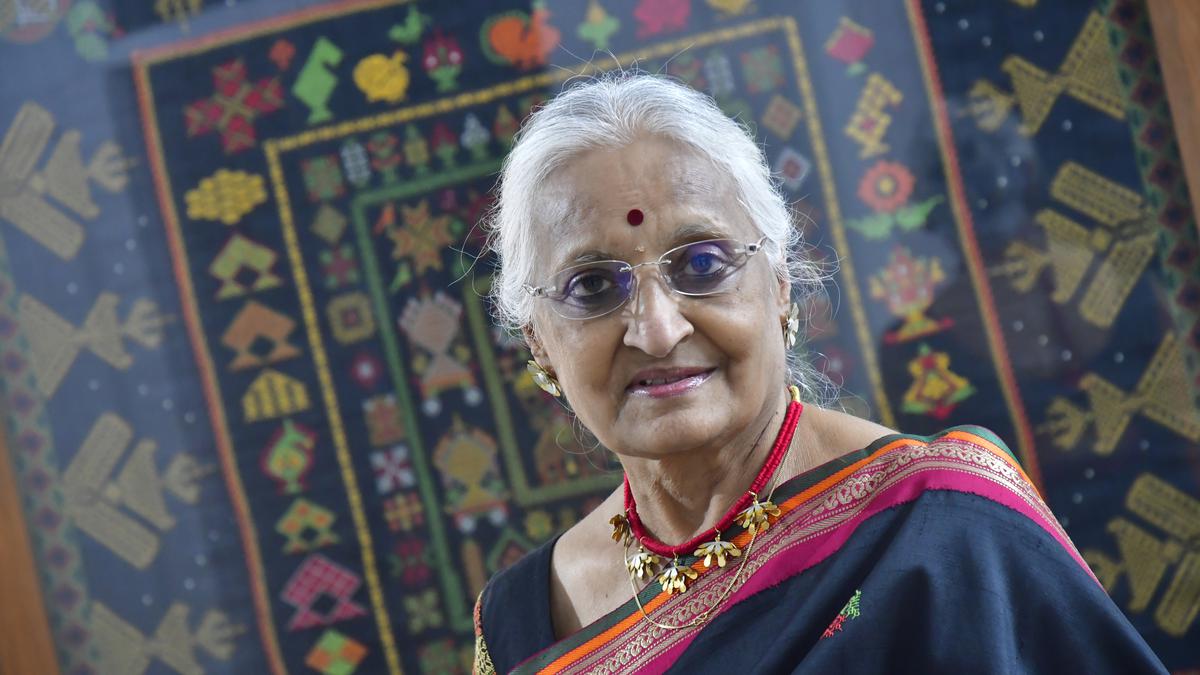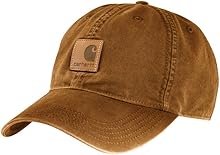
Usha Pawar’s stitch in time attempts to preserve the legacy of Kasuti work
The Hindu
Usha J Pawar’s efforts are reviving Kasuti embroidery, native to North Karnataka, which is in danger of being lost due to non-recognition and modern techniques
“A great deal remains to be done to pull handmade kasuti embroidery back from the brink of obscurity as it competes with computerised versions entering the market,” laments Usha J Pawar, a Bengaluru-based kasuti expert who bagged the 2016 National Award for this art form.
“Today, the designs are printed beforehand and the artiste merely adds to it. The number of people learning the art are also dwindling, as it is a laborious process,” says Usha, who has trained thousands of women to take up this method of embroidery.
This style of embroidery has a regal past with researchers saying it was developed during the Vijaynagar period, though some accounts take it to the Chola era when embroidered saris were a part of the royal trousseau. The style came into being when women collected the waste material after a sari was woven in silk-rich Karnataka and used the threads for embroidery.
On entering Usha’s aesthetically laid out home in Seshadripuram, one can see various embroidered works on display that exude elegance, expertise and her passion for arts and crafts. The huge piece of kasuti work that won her the National Award is displayed in her drawing room, and her needle’s attention to detail is breathtaking.
“Yes, this piece (42 x 42 inches) done on raw silk took me two years to make. It is an example of the authentic kasuti work of Hubli-Dharwad in North Karnataka. It starts without a knot and ends without a knot — the piece is reversible too, with both the back and front being identical,” says Usha.
In a nutshell, that describes what one should look for in genuine kasuti work — the absence of hanging or knotted thread.
All the four variations of kasuti embroidery are a part of Usha’s award-winning piece. That includes gavanti, which goes diagonally, horizontally and vertically; murgi that traverses a zig-zag path; negi, also called the weaver’s stitch, is used in designs that require two strands of the embroidery thread; and menthe, a cross-stitch of sorts is used to fill in the motifs.





















 Run 3 Space | Play Space Running Game
Run 3 Space | Play Space Running Game Traffic Jam 3D | Online Racing Game
Traffic Jam 3D | Online Racing Game Duck Hunt | Play Old Classic Game
Duck Hunt | Play Old Classic Game
